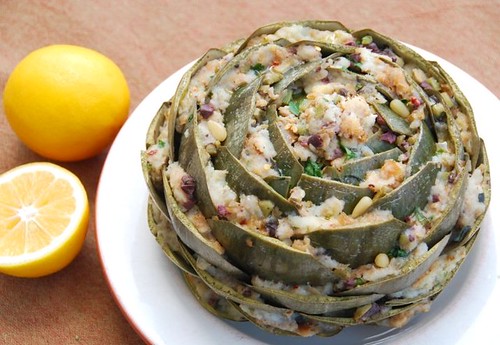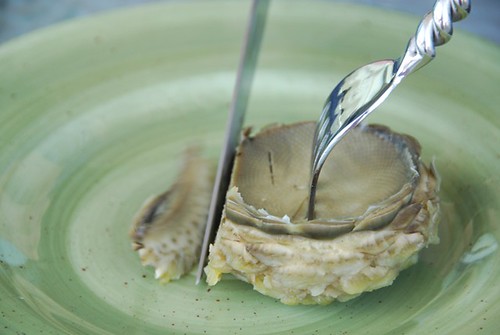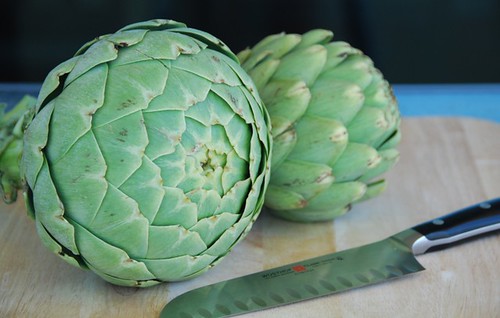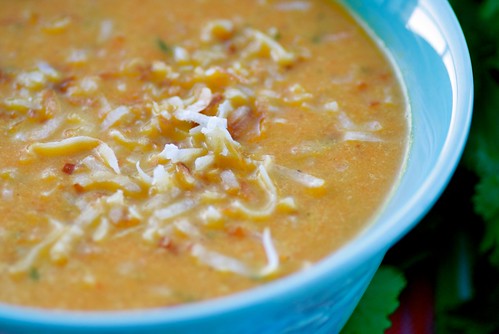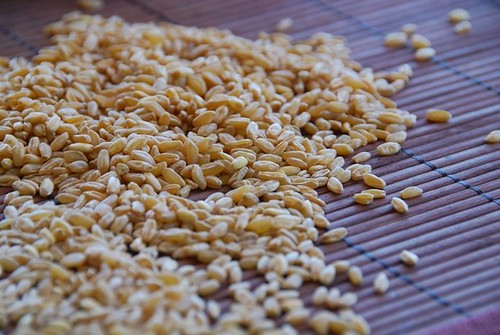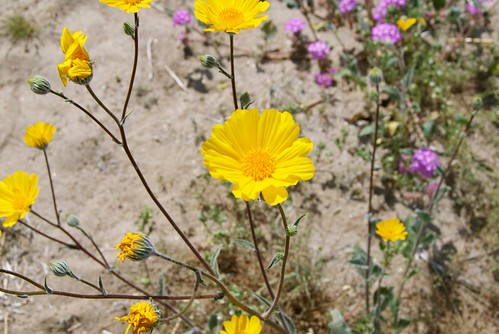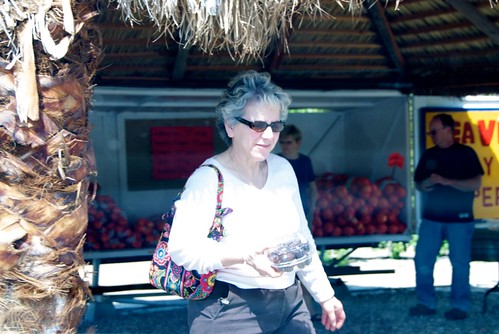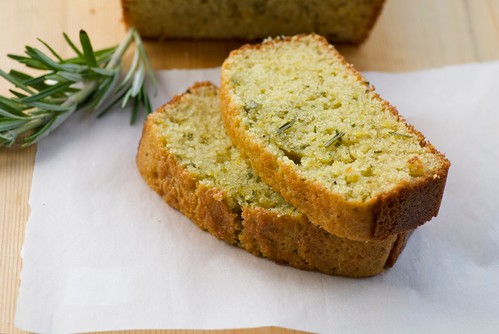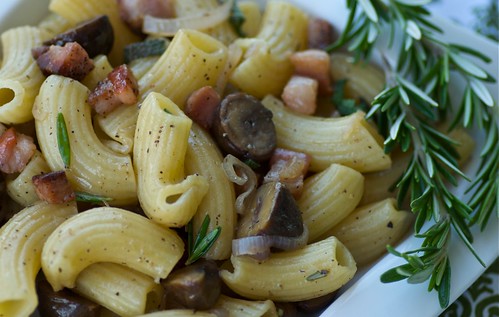
Last week I was in Portland, OR attending the International Association of Culinary Professionals (IACP) annual conference. It was fantastic. I was provoked, enlightened, and inspired. I was also cold.
Unlike San Diego's comfortable 65-75 degree temps, Portland's temps were in the 40's and 50's. Since the sun kept itself hidden, it actually felt like 30's to this perpetually icy-handed foodie.
I refused to bring a fleece. I'm from San Diego. We don't do fleece. So I brought my cute new spring coat and froze.
I also ate a lot of soup. When a group of us went to Portland's famous food carts, they noshed on bratwurst, grilled cheese, and Korean tacos. I ate soup.
When Jeff and I went to a microbrewery, he ordered the elk burger. I ate soup.
When we went to Voodoo Doughnuts with my dear friend TW of Culinary Types, I ate doughnuts. Voodoo doesn't sell soup.
Like Kramer from Seinfeld, who fell asleep in the broken, 58 degree hot tub, I can't get my core temperature back up.
So here I am back in sunny San Diego making soup.
Creamy Artichoke Soup with Crispy Prosciutto
Makes 4 servings
Print recipe only here.
This soup is made from the hearts only, the prized part of the artichoke. Once cooked, artichoke hearts are become satisfyingly creamy, making this a luxurious soup. The artichoke hearts' distinctive nutty, earthy flavor is enhanced by fragrant rosemary, tangy Meyer lemon, and rich extra virgin olive oil. I don't need to tell you to eat this with a hunk or two of crusty Italian bread.
1 lemon
4 globe artichokes
1 tablespoon olive oil
1 tablespoon butter
1 leek (only the white bottom), thinly sliced
2 cups peeled, diced red potatoes
1 cup white mushroom, thinly sliced (10 minutes)
1/2 cup dry white wine (5 more min)
4 cups vegetable stock cover partially and cook 20-30 minutes
2 tablespoons fresh rosemary, finely chopped
a few shakes of sea salt
10 cranks of fresh black pepper (blend)
1/2 cup half 'n half or heavy cream (stir in and warm before serving)
1 teaspoon Meyer lemon juice
salt and more black pepper to taste
2 ounces prosciutto
1. Fill a medium bowl with water and the juice of 1 lemon. Cut off the stem and rough base of the artichoke and the top two-thirds of the leaves. Snap off the remaining outer leaves. Using a small spoon, scrape out the fuzzy choke. Using a sharp knife, thinly slice the artichoke heart and place in the bowl of lemon water. Repeat with remaining 3 artichokes.
2. In a large stock pot over medium heat, warm olive oil and butter. Add the leek, potatoes, mushrooms, and artichoke slices (after draining and patting dry). Cook for 10 minutes, stirring occasionally. Add white wine and allow to evaporate (about 5-7 minutes). Add the vegetable stock, rosemary, salt, and pepper, and stir until well combined. Raise heat and bring to a boil. Cover partially and simmer for 20-30 minutes, or until the vegetables are tender.
3. Working in batches, puree the soup until smooth. Return it the pot; stir in the half and half (or cream), Meyer lemon juice, salt and pepper. Keep soup warm over a low heat.
4. Meanwhile, in a medium-size dry skillet over medium heat, add 2 ounces of sliced prosciutto. Cook 30 to 60 seconds, or until just crisp. Remove from heat, and slice into small pieces.
5. Ladle the soup into 4 bowls. Top with1/4 of the crispy prosciutto, a drizzle of extra-virgin olive oil, some freshly ground black pepper and a bit of finely chopped fresh rosemary. Serve immediately.
Here are more springtime vegetable recipes you might enjoy from Food Blogga:
Italian Stuffed Artichokes (and why I was an artichoke diva)
Fave Bean and Dill Crostini
Apple, Fennel, and Celery Salad
Springtime Farro with Baby Artichokes, Mushrooms, and Peas
Here are more artichoke soup recipes you might enjoy:
Artichoke Soup recipe from Simply Recipes
Artichoke and Mushroom Soup recipe from Israeli Kitchen
Simple and Healthy Swiss Chard Artichoke Soup recipe from Farm Girl Fare
Creamy Roasted Cauliflower and Artichoke Soup recipe from Pinch My Salt
